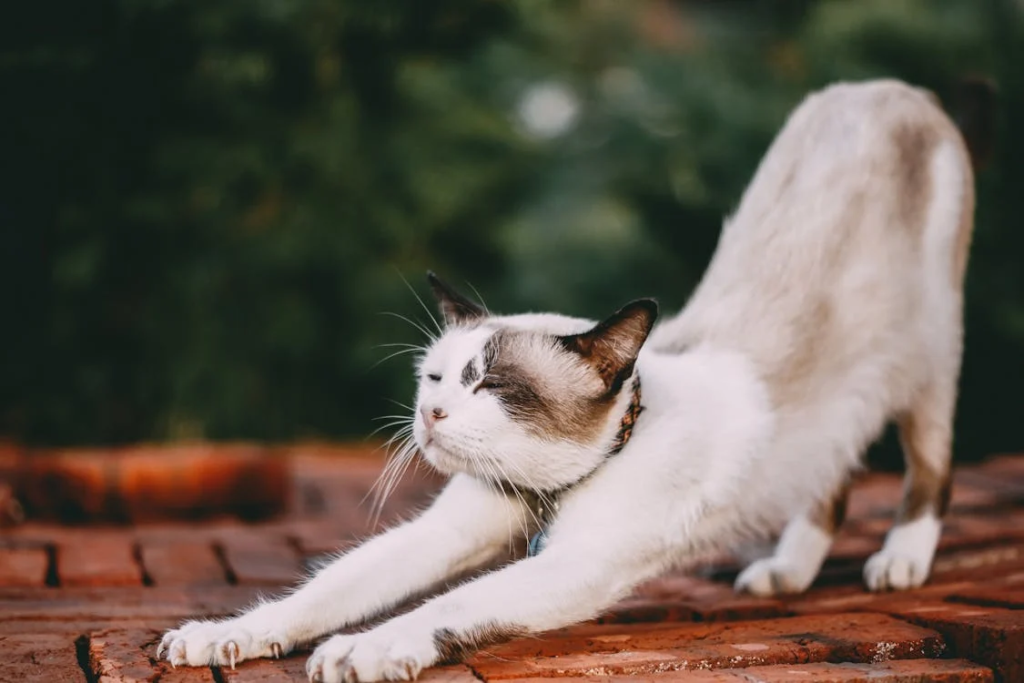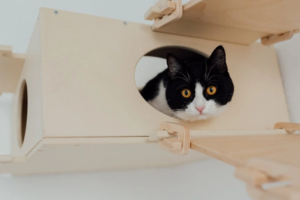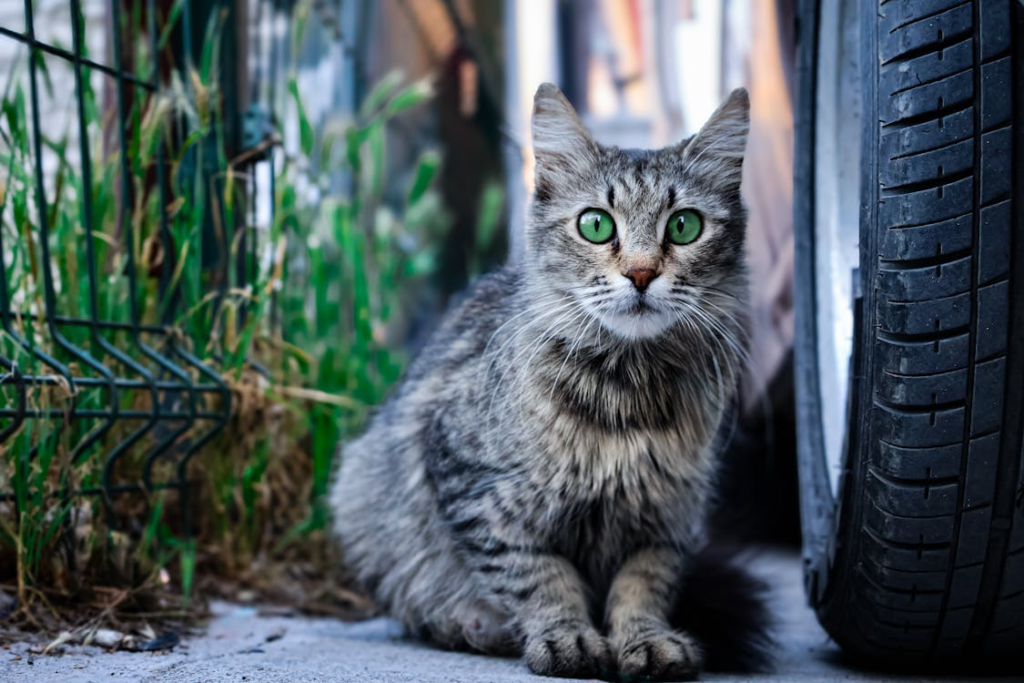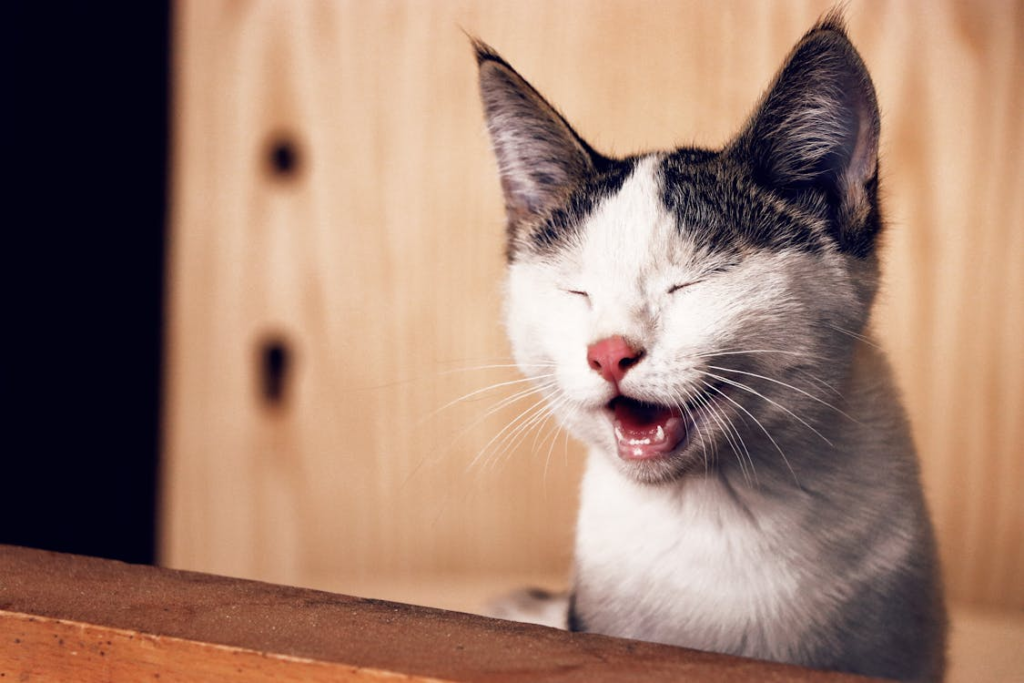Cats are usually known for their independent and aloof nature, but sometimes their behavior can take a turn for the worse. Feline aggression is a common issue that many cat owners face, and it can be both frustrating and concerning. In this article, we’ll dive deep into the world of feline aggression, exploring its causes, types, and most importantly, how to manage and prevent it.
What is Feline Aggression?
Feline aggression refers to hostile or threatening behavior exhibited by cats towards humans, other cats, or other animals. This behavior can range from mild hissing and swatting to more severe actions like biting and full-on attacks. It’s essential to understand that aggression is not a diagnosis but a symptom of an underlying issue.
Signs of Aggression in Cats
Before we delve into the types and causes of aggression, let’s look at some common signs that indicate your cat might be feeling aggressive:
- Hissing or growling
- Flattened ears
- Dilated pupils
- Arched back
- Fur standing on end
- Tail swishing or held low
- Showing teeth or claws
Types of Feline Aggression
Understanding the different types of aggression can help you identify the root cause of your cat’s behavior. Here are the most common types:
1. Play Aggression
Often seen in young cats and kittens, play aggression involves rough play that can sometimes escalate. While it’s normal for kittens to engage in mock fights, it becomes a problem when directed at humans or when it causes injury to other pets.
2. Fear Aggression
When a cat feels threatened or cornered, it may lash out aggressively as a defense mechanism. This type of aggression is often accompanied by body language that indicates fear, such as crouching or attempting to appear smaller.
3. Redirected Aggression
This occurs when a cat is agitated by something it can’t reach (like a bird outside the window) and redirects that aggression towards a nearby person or animal.
4. Territorial Aggression
Cats are naturally territorial creatures. They may become aggressive when they feel their territory is being invaded by another cat, animal, or even a new person in the household.
5. Petting-Induced Aggression
Some cats may suddenly become aggressive during petting sessions. This could be due to overstimulation or the cat reaching its tolerance threshold for physical contact.
6. Pain-Induced Aggression
When a cat is in pain or discomfort, it may become aggressive as a way to protect itself from further harm.
7. Maternal Aggression
Female cats with kittens may display aggressive behavior to protect their young from perceived threats.
Causes of Feline Aggression
Now that we’ve covered the types of aggression, let’s explore some common causes:
- Lack of socialization
- Past traumatic experiences
- Medical issues or pain
- Hormonal imbalances
- Environmental stressors
- Genetic predisposition
- Improper training or reinforcement of aggressive behavior

Managing and Preventing Feline Aggression
Dealing with an aggressive cat can be challenging, but there are several strategies you can employ to manage and prevent aggressive behavior:
1. Identify the Trigger
The first step in managing aggression is to identify what triggers it. Keep a journal of your cat’s aggressive episodes, noting the circumstances, time of day, and any potential triggers.
2. Consult with a Veterinarian
Before assuming your cat’s aggression is purely behavioral, it’s crucial to rule out any medical causes. A thorough check-up can help identify any underlying health issues that might be contributing to the aggressive behavior.
3. Provide Environmental Enrichment
A bored cat is more likely to exhibit problematic behaviors. Ensure your cat has plenty of toys, scratching posts, and climbing structures. Interactive play sessions can also help reduce stress and aggression.
4. Use Positive Reinforcement
Reward your cat for calm, non-aggressive behavior. This can be done through treats, praise, or extra attention. Never punish your cat for aggressive behavior, as this can increase fear and anxiety, potentially worsening the problem.
5. Implement Behavior Modification Techniques
For specific types of aggression, behavior modification techniques can be helpful. For example, for play aggression, redirect your cat’s attention to appropriate toys when they start to play rough.
6. Consider Pheromone Products
Synthetic feline pheromones, available as sprays or diffusers, can help reduce stress and anxiety in cats, potentially decreasing aggressive behavior.
7. Seek Professional Help
If your cat’s aggression is severe or you’re struggling to manage it on your own, don’t hesitate to seek help from a certified animal behaviorist or a veterinarian specializing in behavior issues.
When to Seek Immediate Help
While many cases of feline aggression can be managed at home, there are situations where immediate professional help is necessary:
- If your cat’s aggression is sudden and out of character
- If the aggressive behavior is escalating or becoming more frequent
- If anyone in the household has been seriously injured by the cat
- If you feel unsafe around your cat
Remember, aggression in cats is often a sign of underlying stress or discomfort. By addressing the root cause and providing a supportive environment, most cases of feline aggression can be successfully managed or resolved.
Conclusion
Feline aggression can be a complex and challenging issue, but with patience, understanding, and the right approach, it’s possible to help your cat become calmer and more balanced. By identifying the type and cause of aggression, implementing appropriate management strategies, and seeking professional help when needed, you can work towards creating a harmonious relationship with your feline friend.







